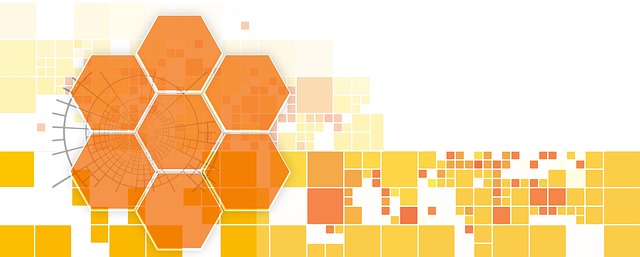Cloud Access Management (CAM) is a vital tool for securing entry control in today's digital world, enabling organizations to centrally manage remote access to cloud resources and applications while protecting data privacy. By implementing strict security policies, monitoring user activities, and facilitating multi-factor authentication, CAM enhances security and boosts productivity through streamlined remote work capabilities. Efficient RAM systems leverage CAM platforms for centralized control, policy enforcement, real-time monitoring, and rapid access revocation, addressing both virtual and physical entry risks. As remote work grows, robust CAM solutions are essential to manage access, enforce strong authentication, mitigate insider threats, and maintain compliance with data privacy regulations through continuous monitoring.
In today’s digital era, remote access management (RAM) is transforming entry control security. Organizations seek secure, efficient solutions for granting and monitoring remote access, especially with the rise of cloud-based services. This article delves into the modern security paradigm of RAM, exploring key components and benefits of cloud access management. We examine the challenges and opportunities it presents, providing insights into navigating this evolving landscape to ensure robust, adaptable remote access security.
Understanding Remote Access Management: The Modern Security Paradigm
In today’s digital era, remote access management (RAM) has emerged as a vital component in the tapestry of security for entry control systems. This modern security paradigm allows users to gain secure access to cloud-based resources and applications from virtually anywhere, at any time. RAM enables organizations to manage and control who can access their data and systems remotely, ensuring that sensitive information remains protected against unauthorized intrusions.
Cloud access management (CAM) plays a crucial role within this framework by providing centralized authentication, authorization, and accounting functionalities. CAM solutions enable organizations to define and enforce strict security policies, monitor user activities, and revoke access when necessary. This proactive approach to remote access control not only enhances security but also fosters productivity by enabling employees and authorized users to work remotely without compromising data integrity or privacy.
Cloud Access Management: Unlocking Secure Entry Control
Cloud Access Management (CAM) is transforming the way organizations approach secure entry control, offering a revolutionary solution for remote access. By leveraging the power of cloud technology, CAM provides a centralized platform to manage and monitor user access to various resources and facilities. This innovative approach eliminates the need for traditional on-site hardware, making it easier to grant or revoke access permissions from anywhere at any time.
With CAM, businesses can implement robust security measures while ensuring convenient entry control. It enables organizations to define granular access policies, track user activities, and respond swiftly to potential threats. By integrating advanced authentication methods and multi-factor authorization, cloud access management ensures that only authorized individuals gain entry, thus maintaining the integrity of the system and safeguarding sensitive areas or data.
Key Components of an Effective RAM Solution
An effective Remote Access Management (RAM) solution for secure entry control relies on several key components that work in harmony to safeguard digital assets and physical premises. Firstly, robust identity verification methods are essential; this includes multi-factor authentication (MFA) that combines something users know (passwords), something they have (tokens or smart cards), or something intrinsic to them (biometric data). Such layers of security ensure that only authorized individuals gain access.
Cloud Access Management (CAM) is another critical element, enabling centralized control and visibility over user access rights. CAM platforms allow administrators to define and enforce policies, monitor user activities, and quickly revoke or suspend access if needed. This real-time management capability ensures that access privileges remain aligned with current security protocols, thereby reducing the risk of unauthorized entry both virtually and physically.
Benefits and Challenges: Navigating the Landscape of Remote Access Security
In today’s digital era, remote access management (RAM) has become a critical component for secure entry control. One of the key benefits of cloud access management is its ability to offer centralized visibility and control over user access. Organizations can enforce consistent security policies across multiple locations and devices, significantly enhancing their protection against unauthorized entries and data breaches. Furthermore, RAM enables efficient remote provisioning and de-provisioning of user access rights, streamlining administrative tasks and ensuring only authorized individuals gain entry.
However, the landscape of remote access security presents its fair share of challenges. As more employees opt for remote work, managing access becomes increasingly complex, especially when dealing with third-party vendors or contractors. Ensuring secure connections and protecting against insider threats require robust cloud access management solutions that can enforce strong authentication mechanisms. Additionally, maintaining compliance with data privacy regulations adds another layer of complexity, necessitating ongoing monitoring and adjustments to access controls.
Remote access management (RAM) is transforming entry control, offering unprecedented flexibility while demanding stringent security. As organizations increasingly adopt cloud access management for secure remote work, understanding the key components and navigating associated benefits and challenges becomes paramount. By implementing robust RAM solutions, businesses can unlock a new level of accessibility without compromising data integrity, ensuring a safer digital landscape.
